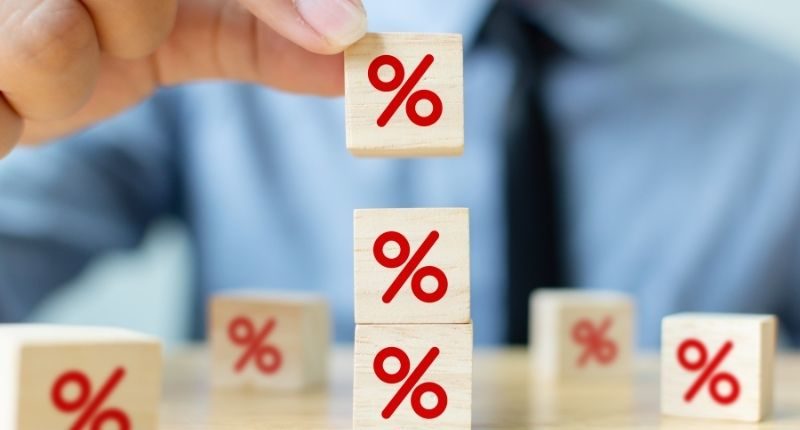- This is a level not seen since July 2019, and doesn’t take into account the cash rate rise expected to be announced today
- 70 lenders have passed this year’s 1.25% increase cash rate so far in full
- Peak-to-trough housing cycle is expected to be the steepest since the 1980s
Following three consecutive rate rises, the average home loan rate has now surpassed a level not seen since just before the pandemic, sitting at 4.05%.
This has not been seen since July 2019, and doesn’t take into account the cash rate rise expected to be announced today.
The findings, which have been collated by Mozo, highlight the need to prepare for further mortgage payment increases.
“While most households can shuffle their budgets to accommodate a rate increase of a couple hundred dollars, the frequency of the rate hikes is becoming relentless. Households are now facing their fourth rate increase, with more on the way,” said Claire Frawley, Mozo Personal Finance Expert.
For owner-occupiers with a $400,000 loan paying principal and interest at the average variable interest rate of 4.05%, monthly repayments are currently $2,122. Another 50 basis points increase would add $113 to monthly repayments, increasing annual mortgage payments by another $1,356.
Analysis conducted by Mozo has found that 70 lenders have passed this year’s 1.25% increase cash rate so far in full. The average variable rate is up by 103 points since May.
|
Increases on a $500,000 loan following four RBA hikes |
|||||
| Average variable interest rate start of May | May RBA increase
25 bp |
June RBA increase 50bp | July RBA increase 50bp | August RBA increase
50 bp |
|
| Interest rate | 3.02% | 3.27% | 3.77% | 4.27% | 4.77% |
| Monthly repayment | $2,376 | $2,442 | $2,576 | $2,714 | $2,856 |
| Yearly repayments | $28,512 | $29,304 | $30,912 | $32,568 | $34,272 |
Source: Mozo
The last time there was a 175 basis points increase to the cash rate was from October 2009 to November 2010. This increase was made in increments of 25 basis points over seven months.
“Although home loan interest rates are returning to more normal levels following the pandemic, consecutive increases are clearly hitting home with many borrowers confronted with higher monthly repayments,” Ms Frawley added.
According to Mozo’s database, the leading variable home loan rate is 2.79% through Bank of us, a customer owned Tasmanian bank.
If a borrower with a mortgage of $500,000 could refinance from the average variable rate to 2.79%, this would result ins savings of up to $4,068 over the year.
“Now is the time to act when it comes to your mortgage. By getting on the front foot and refinancing to a lower interest rate, you can help soften the burden of rising interest rates to your household budget,” Ms Frawley added.
House price downturn to accelerate further
Recently released CoreLogic data revealed that home values nationally have declined by 2% from the peak in April, with price decreases recorded across most capital city markets.
On top of this, auction clearance rates have declined to 52% in July 2022, from a high of 73% in July 2021.
Carlos Cacho of Jarden forecasts a peak-to-trough decline in house prices of 15–20%, making this the largest correction since the 1980. With the faster pace of price hikes, falls are expected to accelerate further, down 10% this year and 5-10% next year.
“Indeed, we see the policy response from regulators being the key determinant of how far prices fall, with easing from APRA/RBA in 2023 key in our view to avoiding larger 20%+ falls and putting a floor under the housing market,” said Mr Cacho.

“Importantly, Sydney and Melbourne are likely to fare worse given stretched affordability and the likely large impact of rate hikes.
“We continue to expect the housing correction to weigh on housing-exposed stocks such as the Banks, Platforms (REA, DHG, PXA), Discretionary Consumption, and Building Materials. However, we believe some sectors are now largely pricing in this downside risk.”








